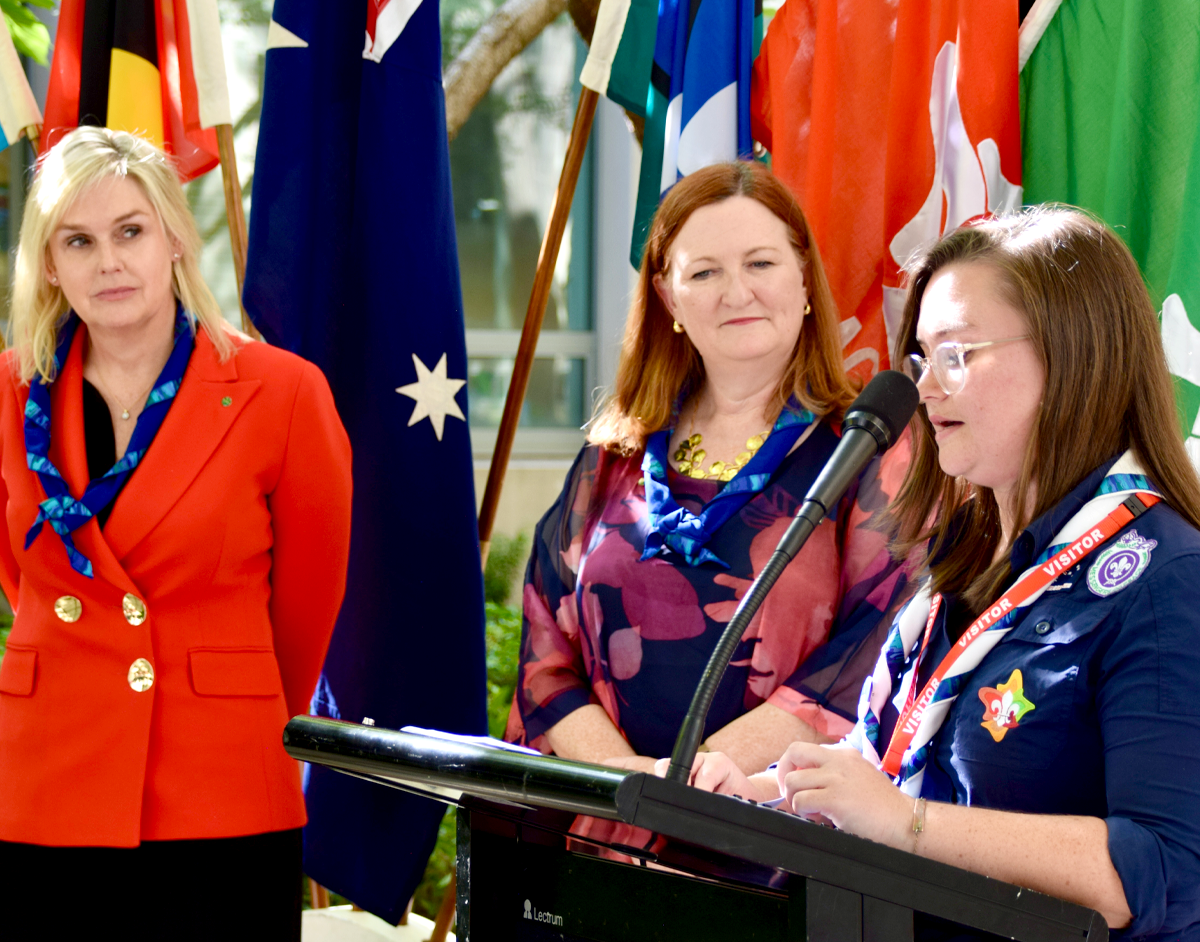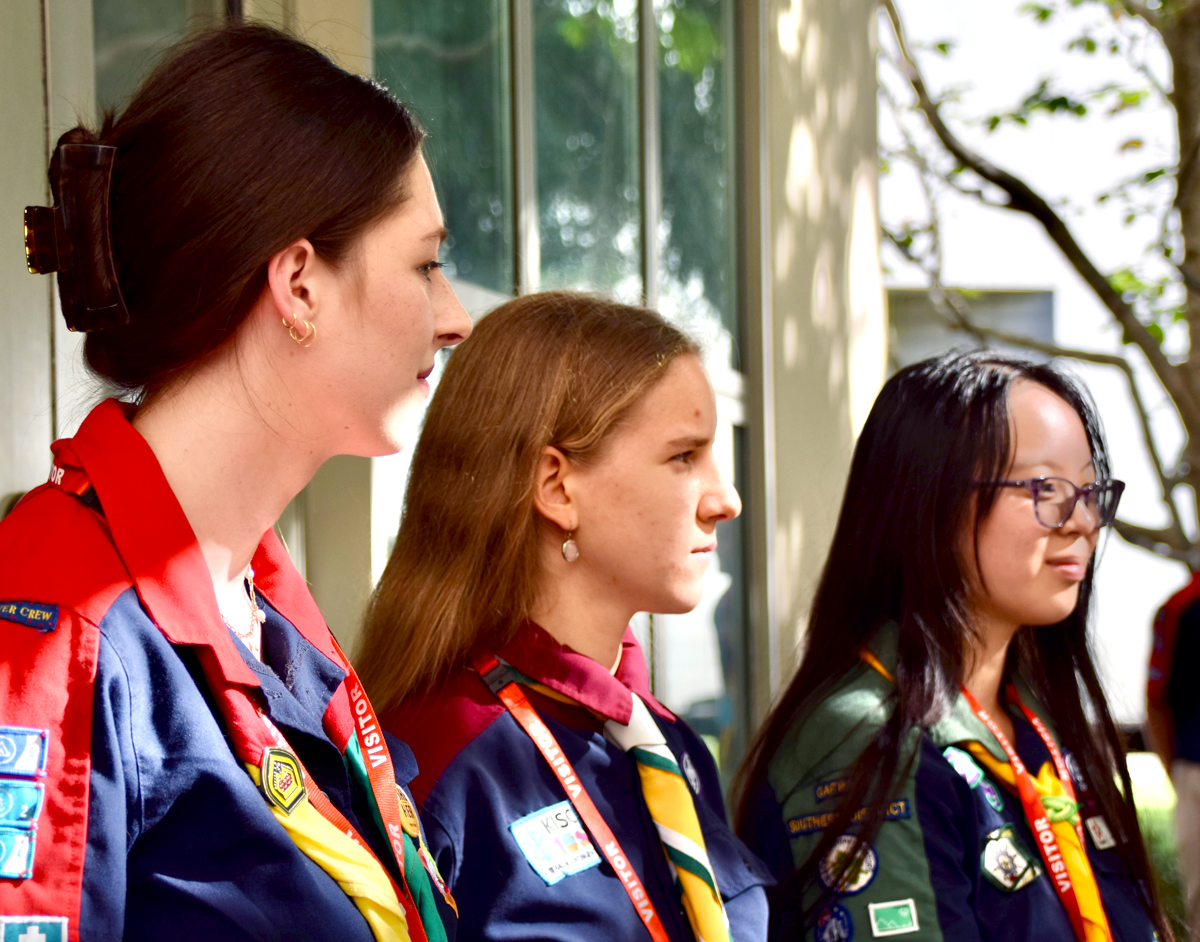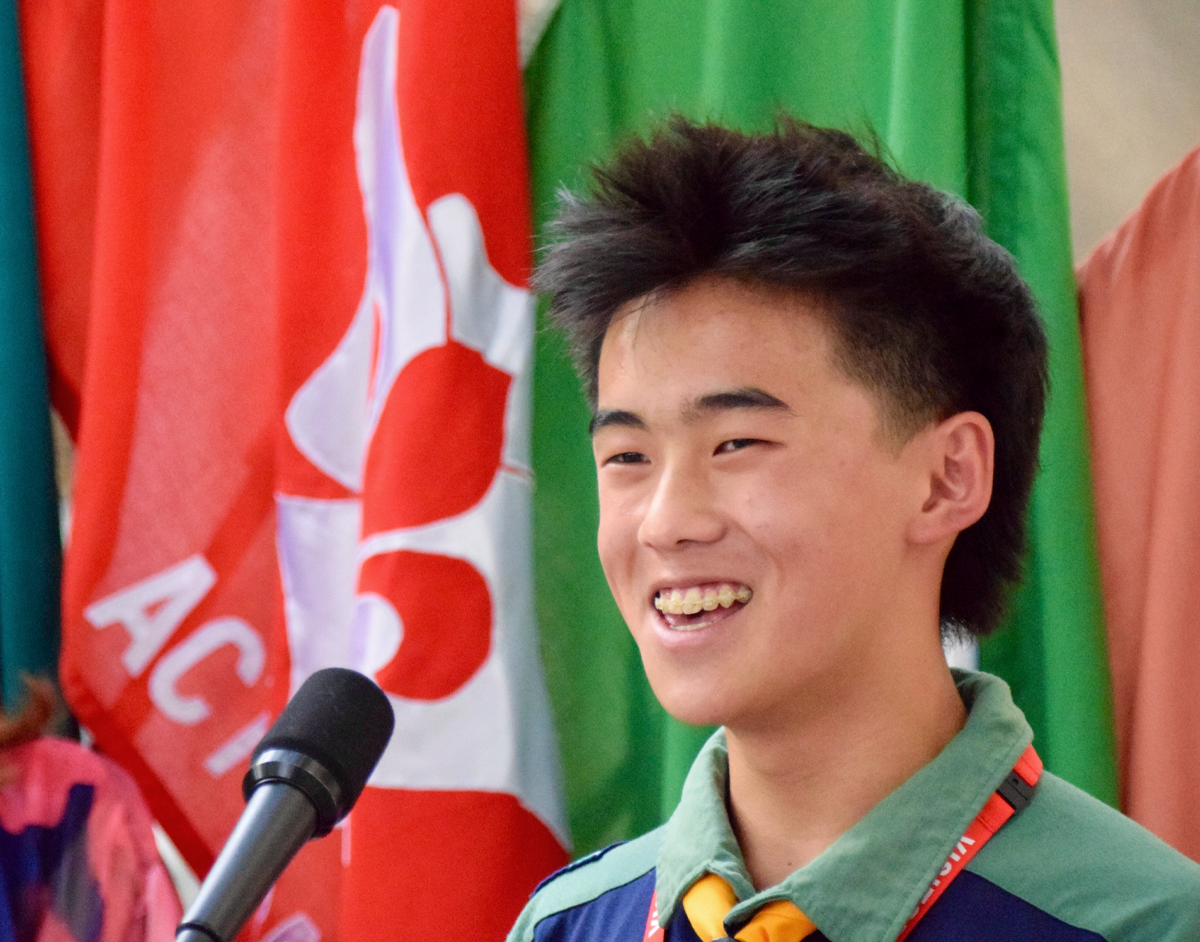Celebrating 50 years of girls and women in Australian Scouts
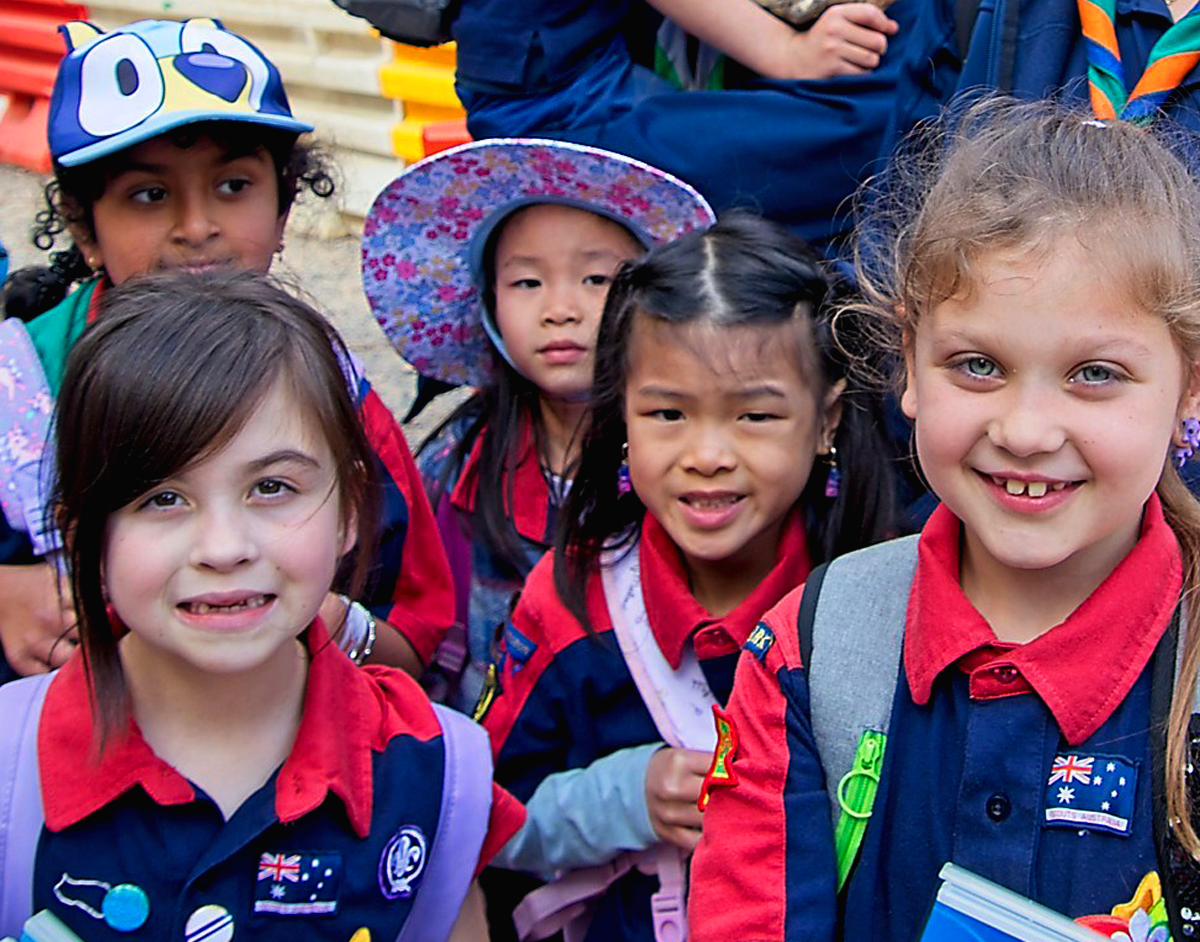
In 1973, Scouts Australia included girls and young women aged 15 – 25 as youth members. In the 1980s, girls were admitted into our younger sections.
Today, Scouts Australia has approximately 38% female membership across all sections and ages, including adults. A 50 year review paper has been conducted to reflects some of the target and strategies Scouts Australia has worked to advance gender inclusive cultures and behaviours among our membership.
We have developed a #HeforShe Action Kit, introduced pronoun pins for members to display their preferred pronouns, and launched age-appropriate educational objectives, focused on understanding consent and healthy relationships right from 5 – 25 years old.
We are empowering our young people, of all ages, to express and respect themselves, set boundaries, respect others, and understand appropriate behaviours. By teaching this to children and young people of all ages, we are helping to create a safer community for all.
Our membership statistics also show an upward trend toward a greater participation rate of girls in Scouting. We know that research shows that adolescent girls drop out of organised sport and recreation at a rate higher than their male counterparts.
However, with nearly 50% of new participants in Scouting being girls, Scouts Australia is working hard to show that adventure and leadership is for everyone. While we are proud of all we have achieved over the past 50 years, we recognise that this is a milestone toward gender equality and is not the end.
For example, for the first time ever, Scouts Australia’s National Team – the C-level executive team – has achieved gender parity. However, this is not reflected across our broader senior leadership teams.
While there are many women who volunteer with Scouts Australia, the gender balance in senior leadership roles – particularly the board – is skewed heavily toward men.
We recognise that diversity in leadership contributes to organisational resilience, and also ensures that young people are being mentored by a range of leaders who reflect the diversity of the community. This positively impacts the gender attitudes of children and young people as they navigate the formative years of their lives.
As a result, we are proud to announce that we have set a target for our senior leadership to reflect our membership – that is, 40% women.
We also understand that recognition is important – and so we are also reviewing the process and communications that we use to encourage nominations for Life Membership and other honours, such as the Order of Australia.
To achieve our 40% target, we understand that there is more we can do to build the pipeline of women in leadership roles.
There are opportunities available through the Scouts Australia Institute of Training (SAIT), our registered training organisation, to provide leadership, outdoor skills, business, and project management qualifications to girls and women in Scouting.
We are also seeking funding to bring our adult leadership and management training to women who are re-entering the workforce, and are not Scout members.
We also know that you can’t be what you can’t see – and so we plan to use our social media channels to highlight girls and women who are leading within our organisation. We have set monthly targets for marketing, promotional material and social media posts, highlighting the adventures of our female members.
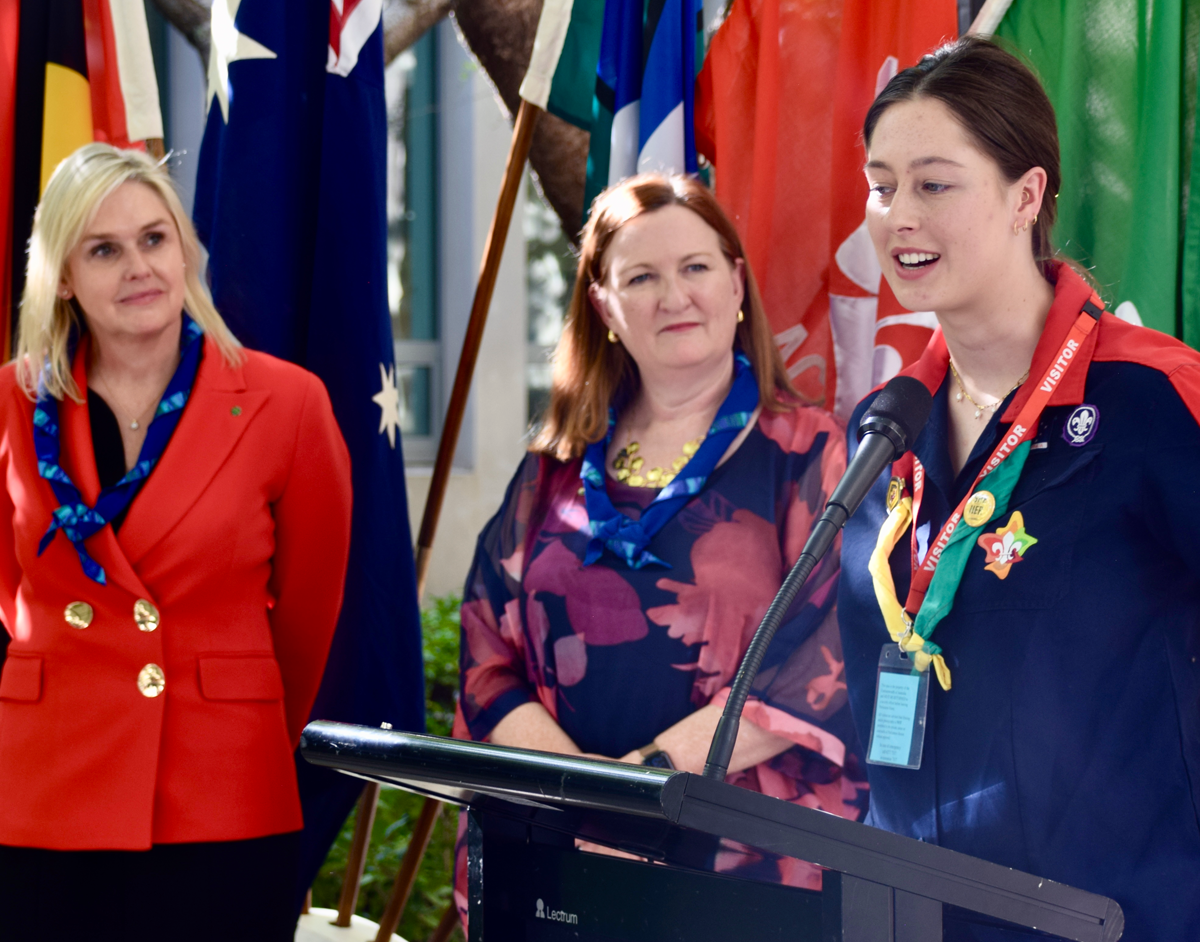
We are also currently reviewing policies, program materials, and training materials to ensure that language and examples are gender neutral and inclusive. We look forward to viewing the National Strategy to Achieve Gender Equality when published, and commit to considering how we can take strategic actions alongside this.
Scouting is embedded in urban, rural and remote locations throughout the country. Our Scout Groups are run by passionate local volunteers for their communities. As a result, our Groups generally represent the diversities of the community that they serve. This places Scouting in an excellent position to work with government and other organisations to champion cultural change for gender diversity in leadership.
Our 50 year review and reflection paper is about celebrating and reflecting on our successes, as well as looking toward the future, as we continue on our journey toward gender equality.
